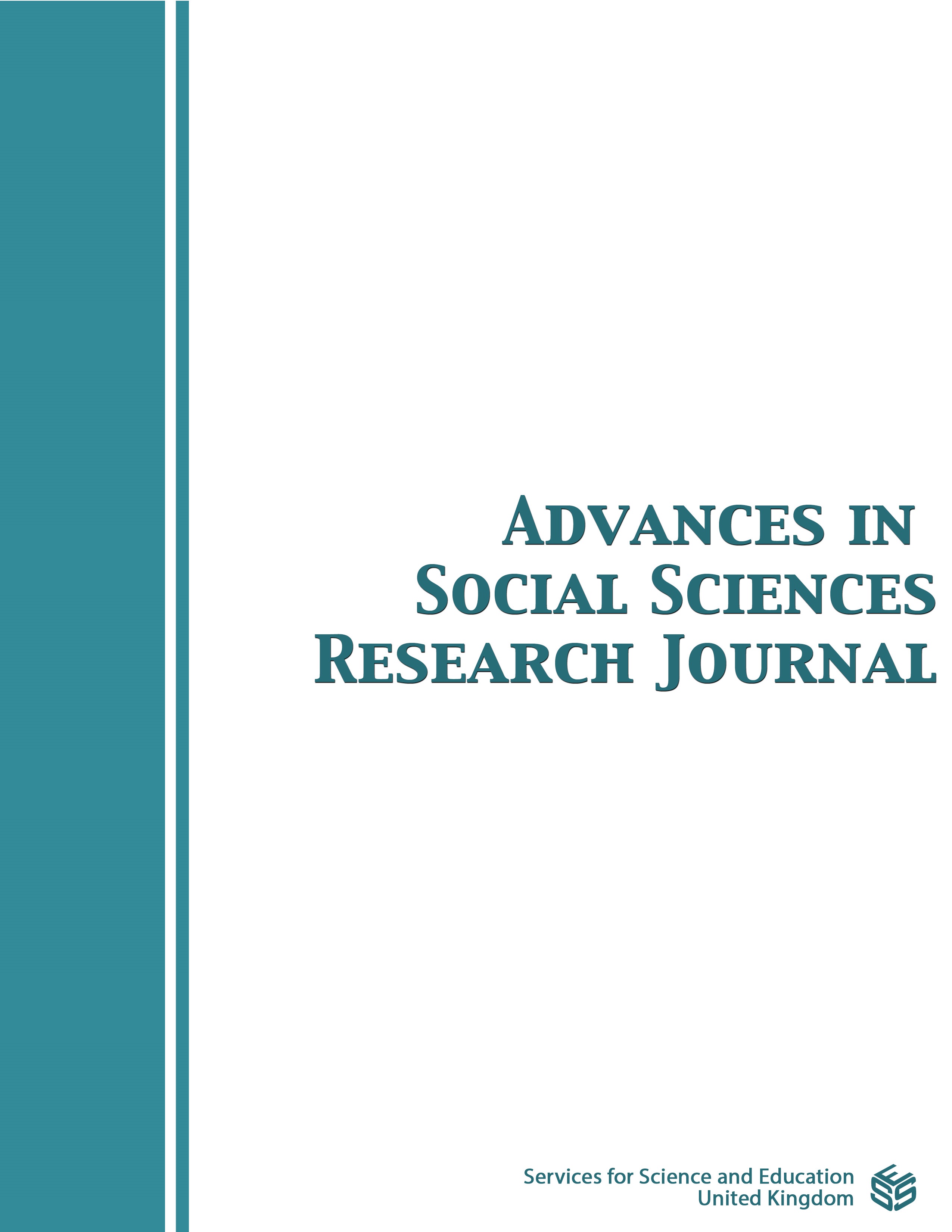Utilization of Non-Wood Forest Products as a Basis for Poverty Alleviation and Sustainable Community Development in Guangxi Zhuang Autonomous Region of South China
DOI:
https://doi.org/10.14738/assrj.93.11943Keywords:
poverty trap, entrepreneurship, biodiversity, modernization, counter-measures, poverty, timber, harvesting, processing, plantations, eucalypt, land use, land cover, construction land urbanization, migrant labor, woodlands. householdsAbstract
This paper with its focus on southwest China with special reference to Guangxi Autonomous region (GZAR) has a threefold contribution to the existing literature. First, it summarizes the salient features of the geography and the determinants of poverty among the various regions of GZAR. Second, we draw attention to land use and land cover change over recent decades and their implications. The nature and extent of natural forest and woodlands, from which most non-wood forest products are derived, and eucalyptus plantations that are a major source of revue for GZAR are summarized. Third, policy syndromes in relation to livelihoods, poverty alleviation policies, ecosystem and biodiversity conservation are examined and policy implications discussed. This paper does not aim to provide definitive answers, yet intends to scrutinize the data and re-examine the trends in the light of three key drivers (population increase, climate change and urbanization) This will be done mainly by reviewing the literature but augmented by our field work. There is an attempt to reach a conclusion about recent developments and make suggestions about counter-measures that could be implemented.
Downloads
Published
How to Cite
Issue
Section
License
Copyright (c) 2022 Haying Feng, Victor Squires

This work is licensed under a Creative Commons Attribution 4.0 International License.
Authors wishing to include figures, tables, or text passages that have already been published elsewhere are required to obtain permission from the copyright owner(s) for both the print and online format and to include evidence that such permission has been granted when submitting their papers. Any material received without such evidence will be assumed to originate from the authors.






